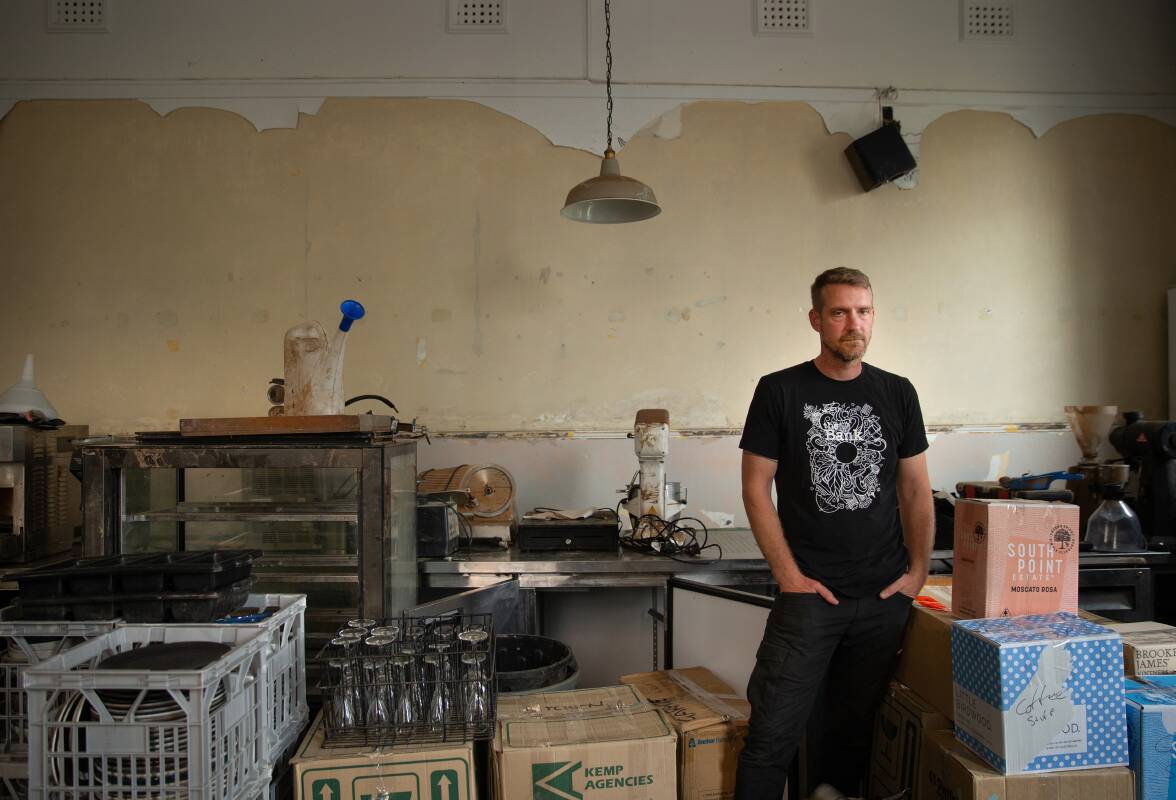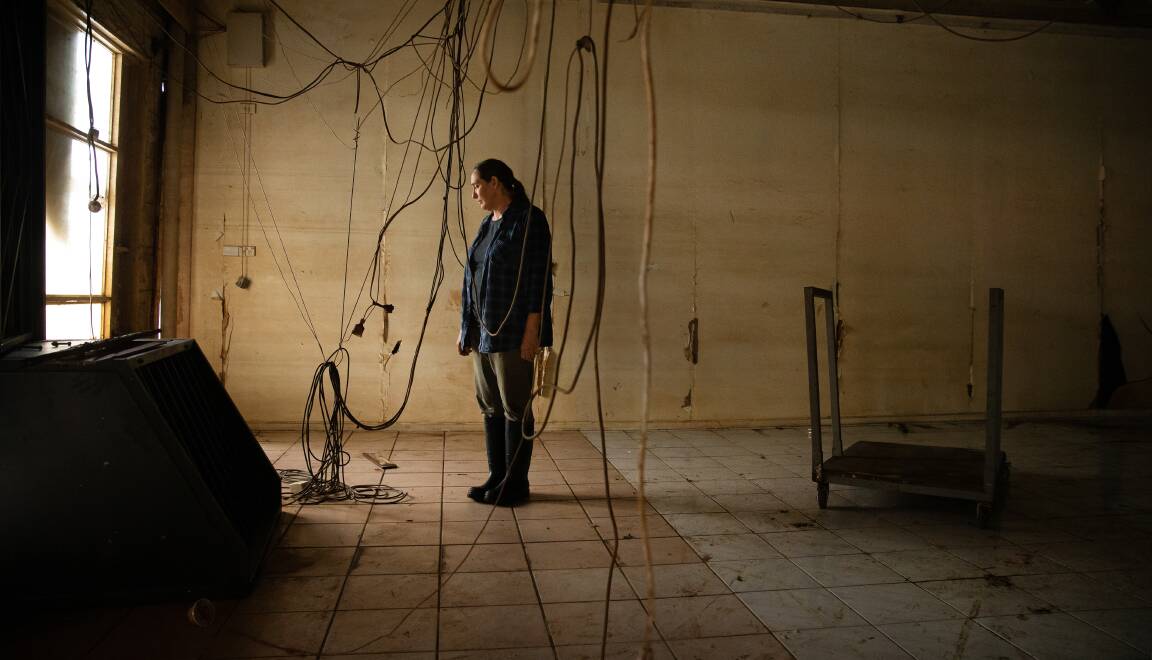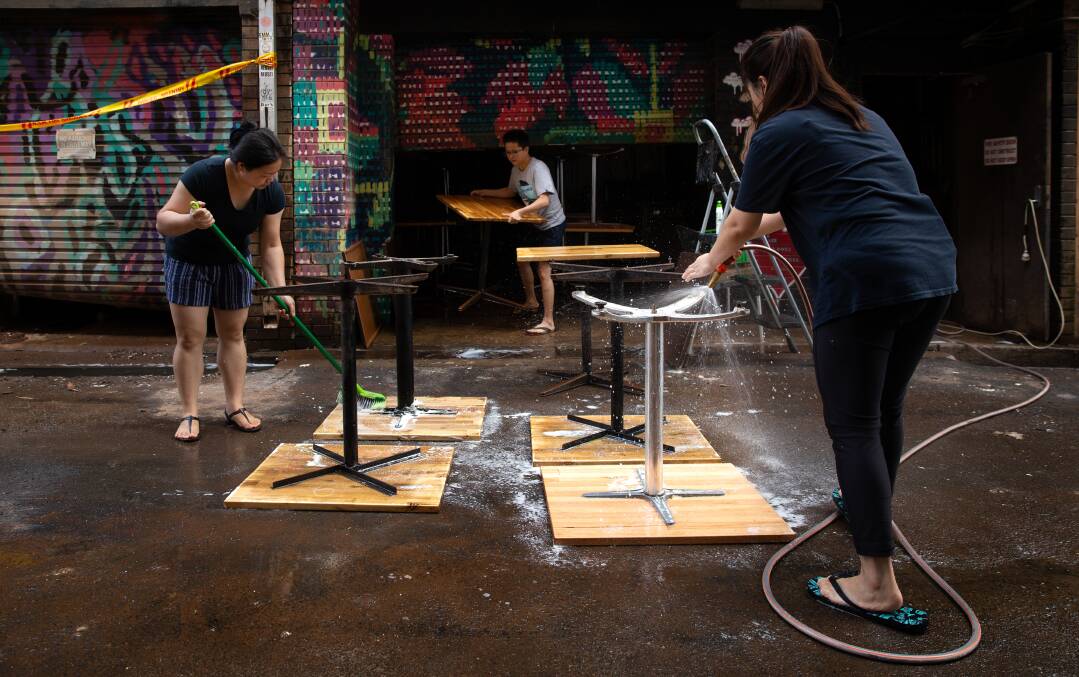
Australia's attention may have shifted. To Ukraine. To the election. To fuel and food prices, interest rates and the cost of living.
But for the people of Lismore and the Northern Rivers of NSW, recovery, reconstruction and life returning to normal are distant, almost invisible dreams.
"The flood is easy," one Lismore local says. "The cleanup is easy, throwing the rubbish out is easy, filling out forms is easy. What's really hard is being put on hold, being told we don't do that, being told that's not our department."
Prime Minister Scott Morrison declared during a tour of the area in March that "Australia is getting hard to live in because of these disasters".
Journalist John Hanscombe, photographer Marina Neil and Voice of Real Australia podcasters Tom Melville and Laura Corrigan travelled along the East Coast of Australia to meet the Faces of Disaster Country.
The Faces of Disaster Country
Tap or click to explore the Faces of Disaster Country.
The Long Road to Recovery
In the empty shell of a rug shop in the CBD, Julie Porter talks about "flood brain". With the help of the ADF, she's cleaning up the ruined store. Linings have been ripped out, wiring hangs from the ceiling and the whole place is cast in gloom, the light struggling to get in through mud smeared windows.
"It stops you being able to think rationally, so everything becomes fuzzy. I guess it's what they talk about having good preparedness for disasters because when it actually happens there's nothing you can do to make your brain work properly.

"So you make bad decisions or just no decisions are possible once it's all unfolding. And even after it's all happened you're still confused as you try to go about the process of cleaning up.
"Once things are a little more cleaned up we'll start to gradually get our old brains back again."
That may be a long time coming.
In the Bank Cafe, Brad Rickard is slowly working through the huge cleanup and thinking about the long road to recovery that lies ahead. There's been no power for weeks, so the tasks he undertakes are small.
"We're getting on with it. I'm still washing plates. Tomorrow we'll move some stuff into storage to make some more room around the walls to do more work."
The building itself is sound - an edifice with strong bones. Luckily, the floodwater did not reach the original ornate horsehair ceiling. Its contents are another matter.
Brad is philosophical about national attention shifting from the disaster.
"There's bigger things going on around the world at the moment. I don't want to play into the whole forgotten thing, it is what it is. Hopefully the decision makers don't forget about us."
He also knows the generosity that follows disaster - the volunteers, the truckloads of donations - is finite.
"Those people also need to get back to their lives and their jobs and their communities and their families.
"So far it's been left to the community to deal with it and in the end it will be left to the community to deal with it."
In a laneway around the corner, cafe tables are being hosed down by Athena Chan, Jia Mah and Wen Chua. A box of ruined stock is placed out on the street for collection.

Their family bought Cafe Capello in December, saw it destroyed on February 28 and inundated again a month later.
At $20,000 a year, insurance was too expensive so the rebuild will come at great expense. Yet there is no talk of giving up, just a quiet determination to set things right again.
It's a monumental task. Not only are businesses ruined but the very infrastructure upon which they are built is wrecked too.







